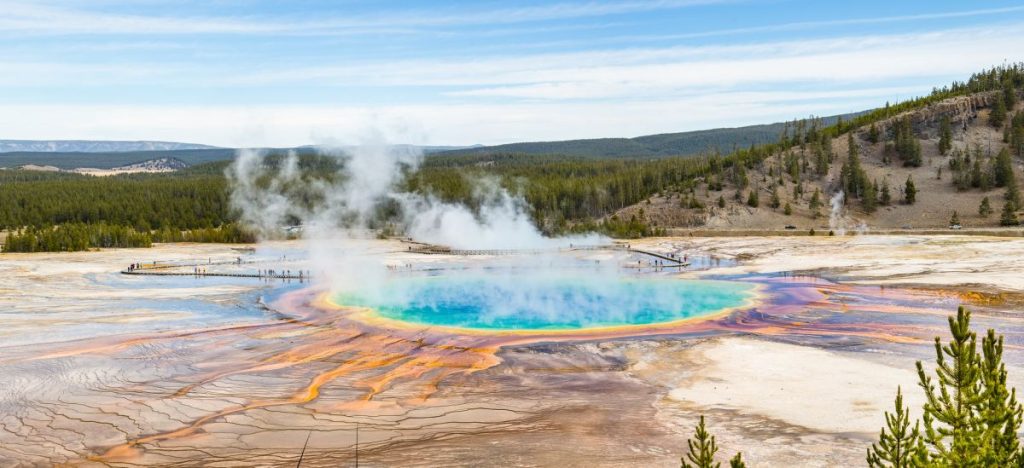Yellowstone and Grand Teton National Parks consistently rank amongst the most popular national parks in the United States. But a new list considering several factors knocks both of Wyoming’s national parks out of the top ten – and the top twenty.
In celebration of National Parks Week, Travel Lemming released a data-backed ranking of all 63 US national parks. Despite Wyoming’s national parks receiving high review scores and being among the most popular in the country, they place in the middle of the pack overall due to weather and affordability issues.
Travel Lemming’s national parks ranking is based on an analysis of data scoring each park across six factors: affordability, accessibility, biodiversity, crowds, reviews, and weather.
Based on this report, Yellowstone National Park ranks #23 overall.
Yellowstone placed in the top 20 for biodiversity (7th), crowds (19th), and reviews (19th.) However, it ranked in the bottom ten for weather (53rd, with only three months of good weather a year.) The nation’s first national park also ranks low in affordability and accessibility, given its remote location overlapping three sparsely-populated states.
Meanwhile, Grand Teton National Park ranks #44 overall, despite tying for the #1 position in the reviews category. Its low overall ranking is primarily due to bottom ten rankings for both affordability and weather.
The “best” national park on the list is Shenandoah National Park ranks, with exceptional scores in affordability, accessibility, and biodiversity. Several lesser-known parks rank in the top 20, challenging conventional ideas of the top US national parks.
The top 10 US national parks in the USA (according to Travel Lemming’s report) are:
- Shenandoah National Park VA
- North Cascades National Park WA
- Biscayne National Park FL
- Kings Canyon National Park & Sequoia National Park CA (tie)
- Everglades National Park FL
- Big Bend National Park TX
- Mammoth Cave National Park KY
- Death Valley National Park, CA, NV
- Channel Islands National Park CA
Other iconic national parks also fared poorly in the data, mainly due to crowds and affordability. For example, Grand Canyon National Park was ranked #15, Zion at position #26, and Yosemite National Park at #34.
Tennessee’s Great Smoky Mountains is the most biodiverse park, North Dakota’s Theodore Roosevelt the most affordable, Alaska’s Gates of the Arctic the least crowded, and Missouri’s Gateway Arch the most accessible.











